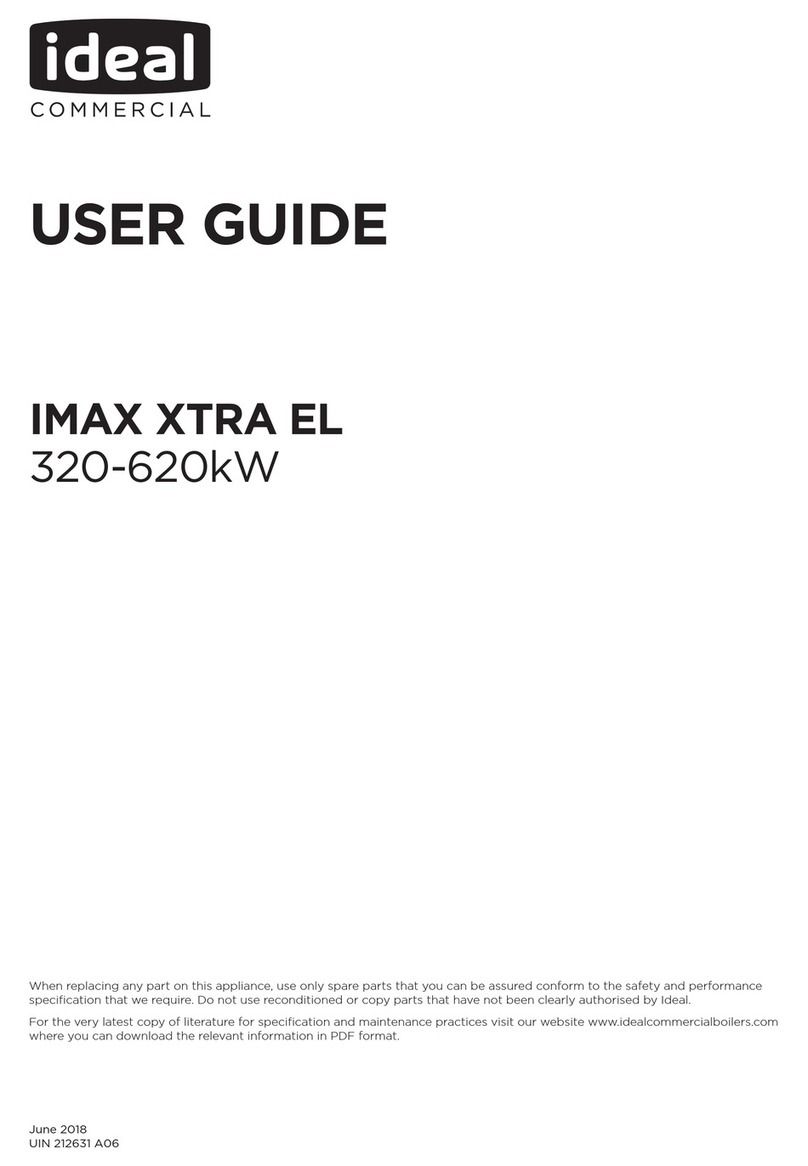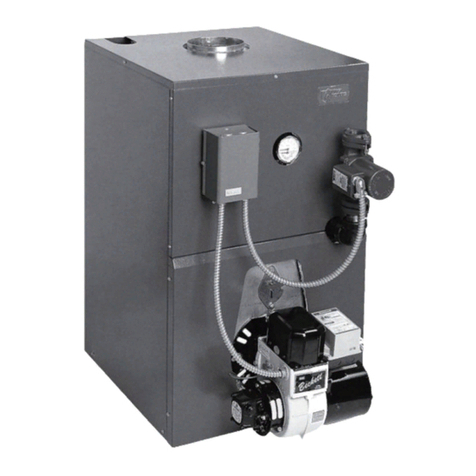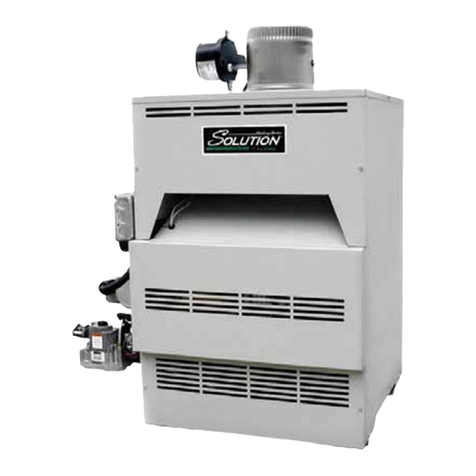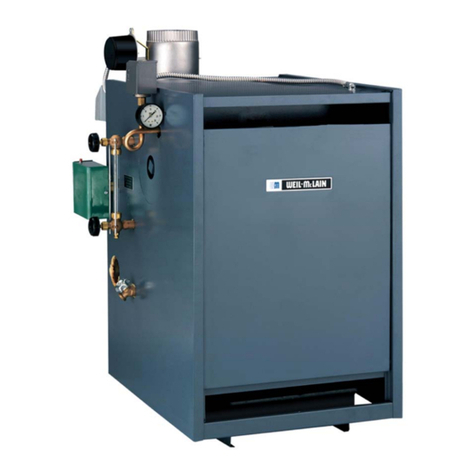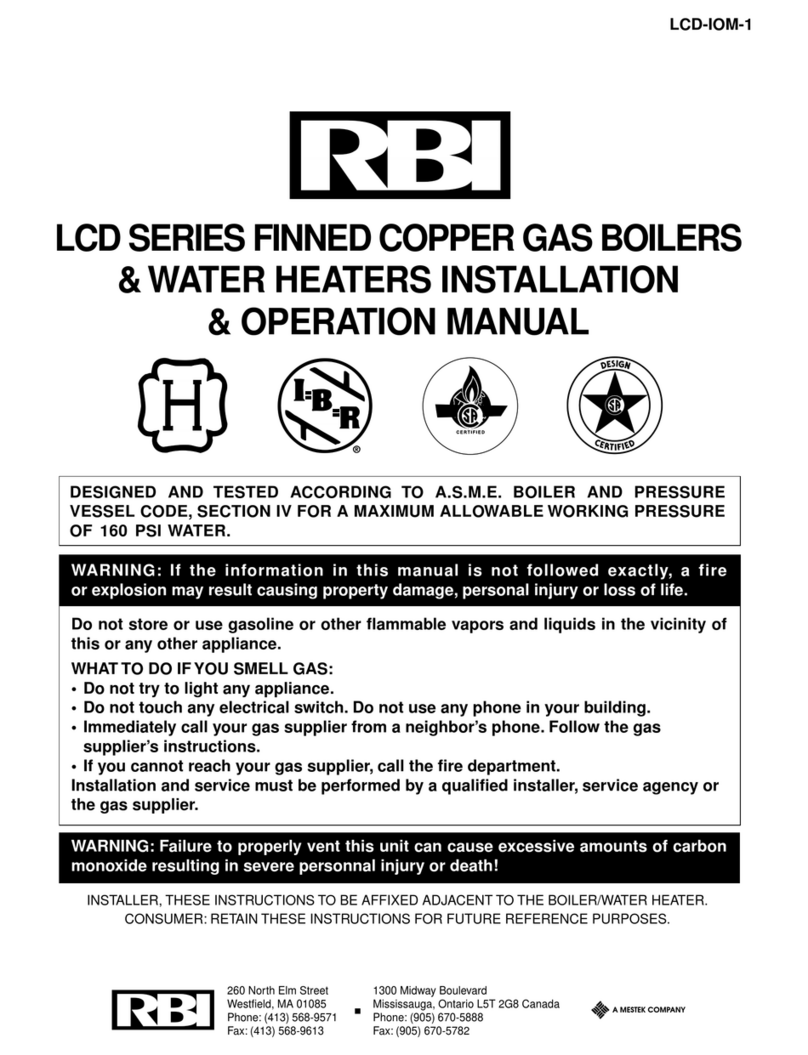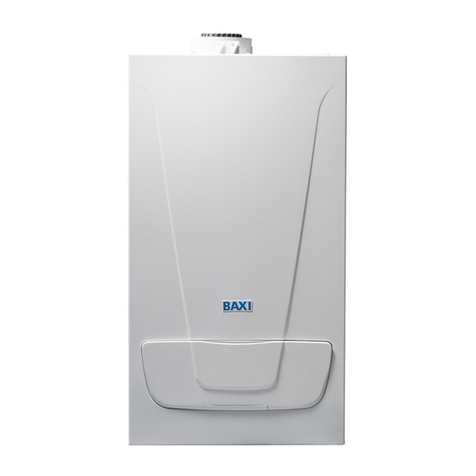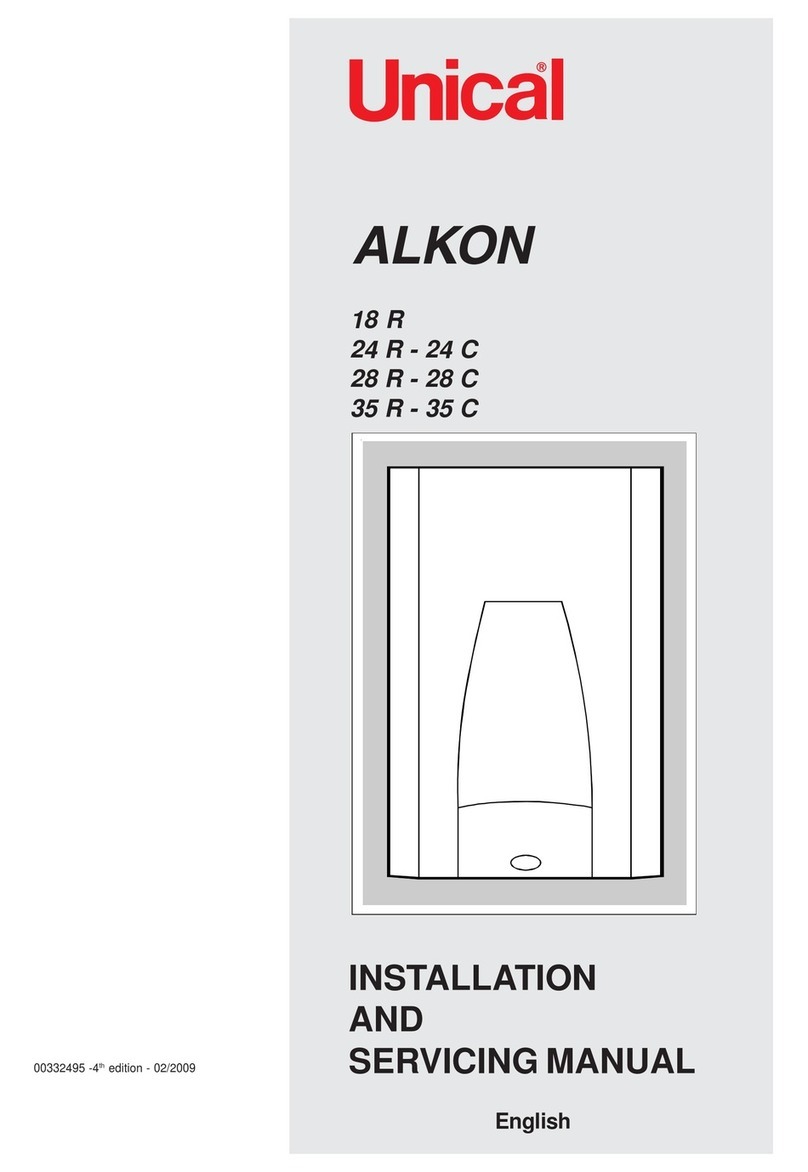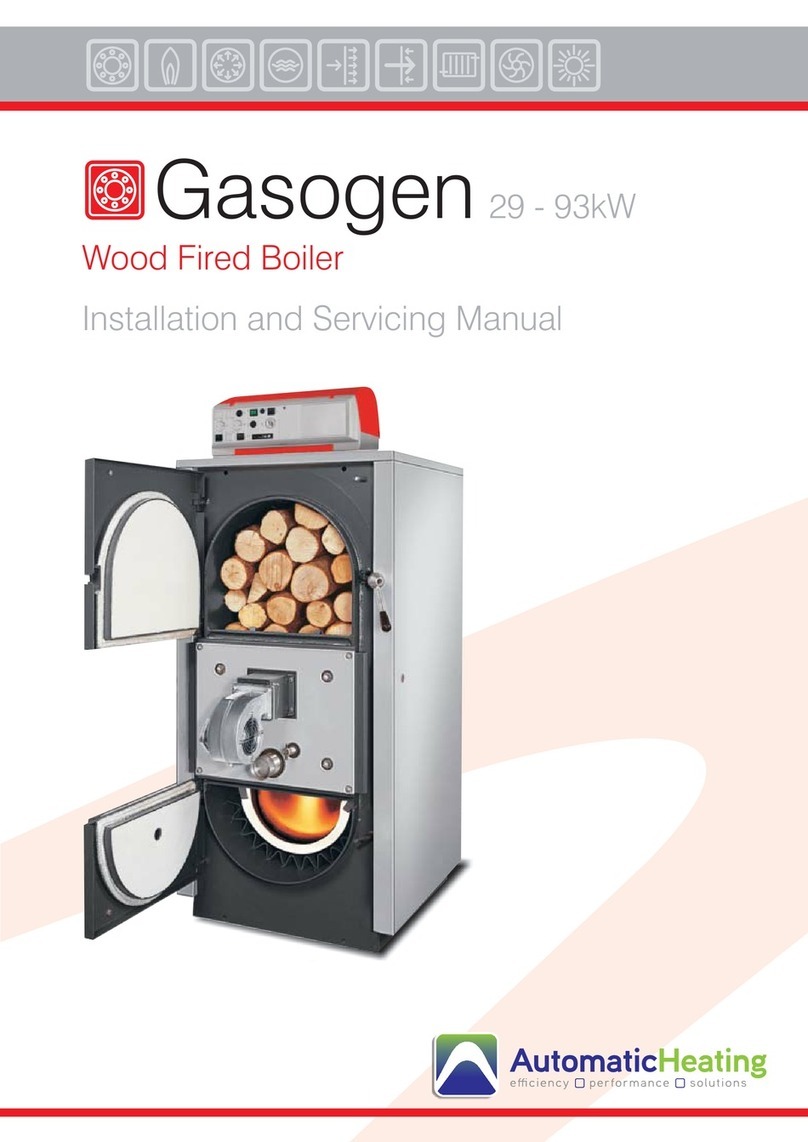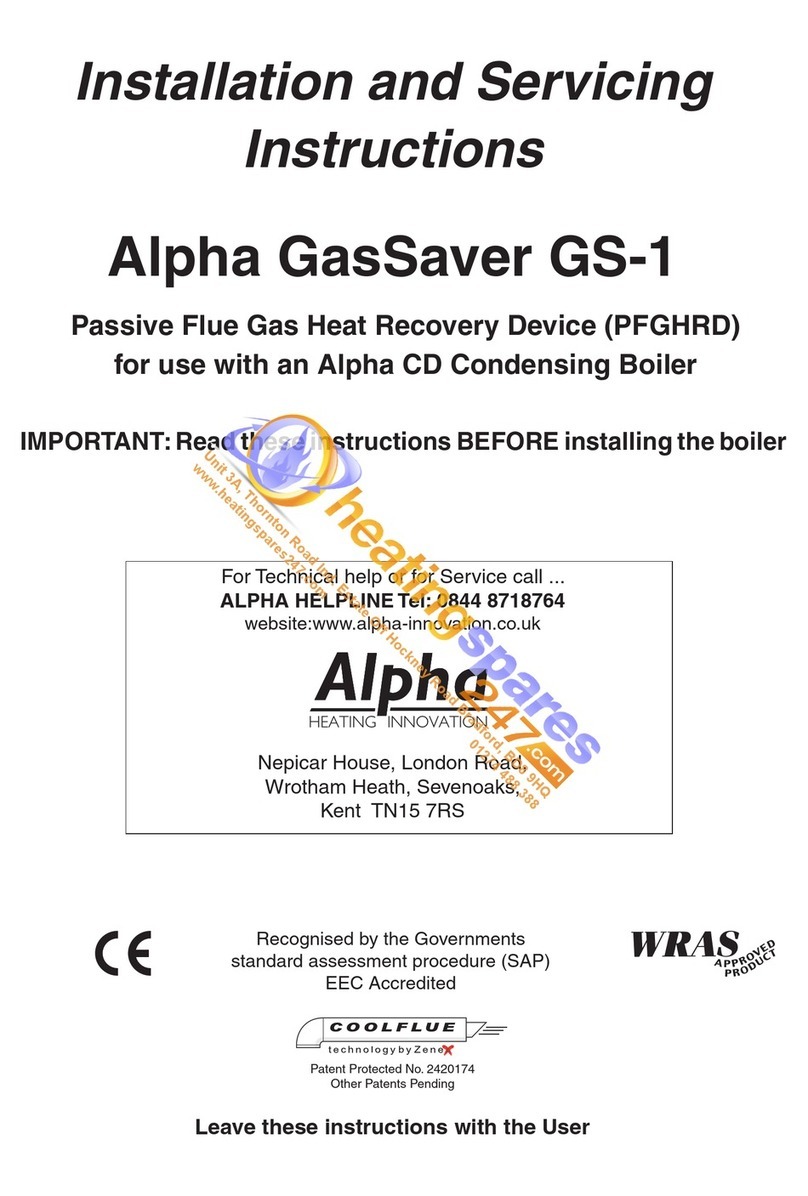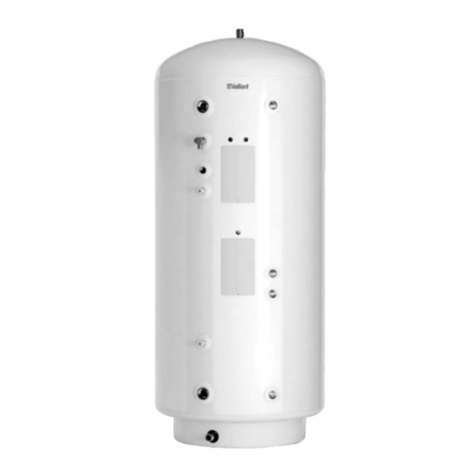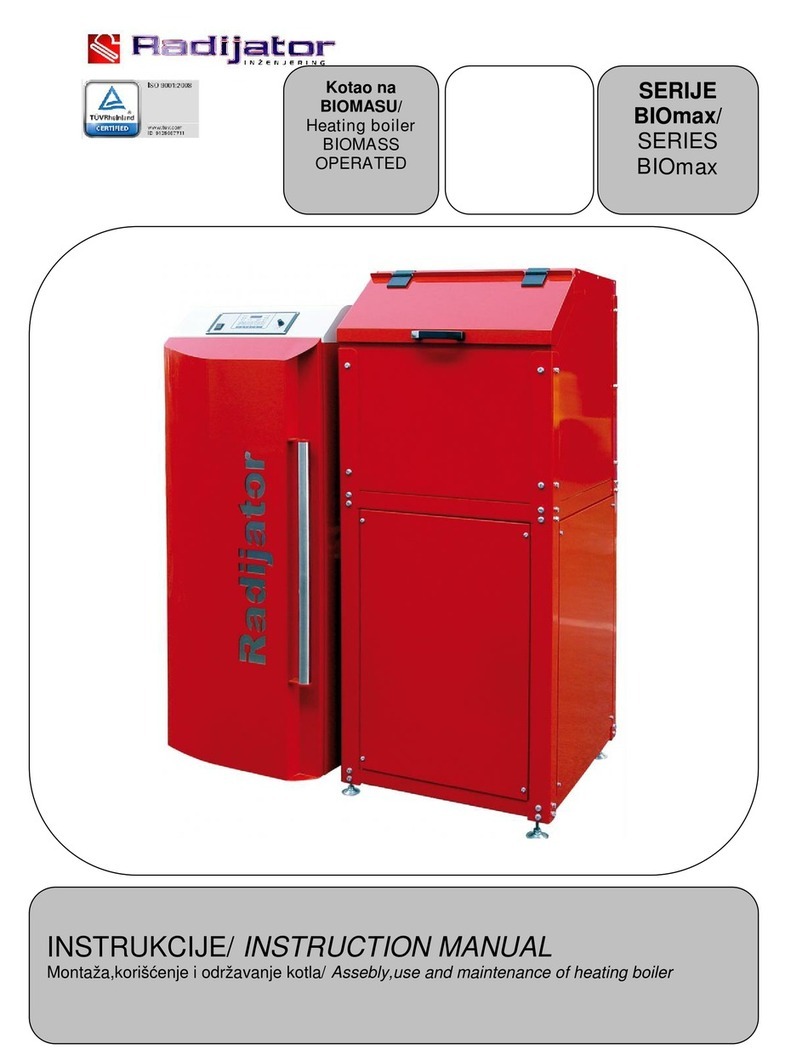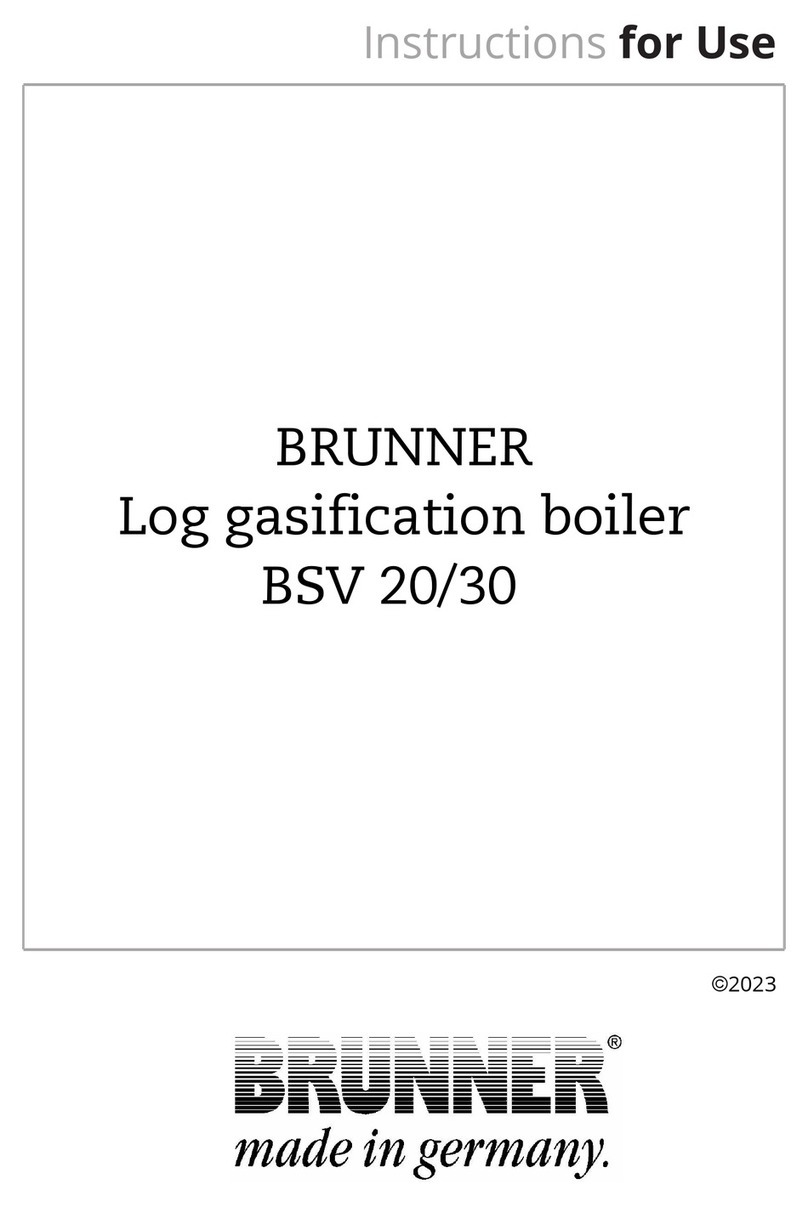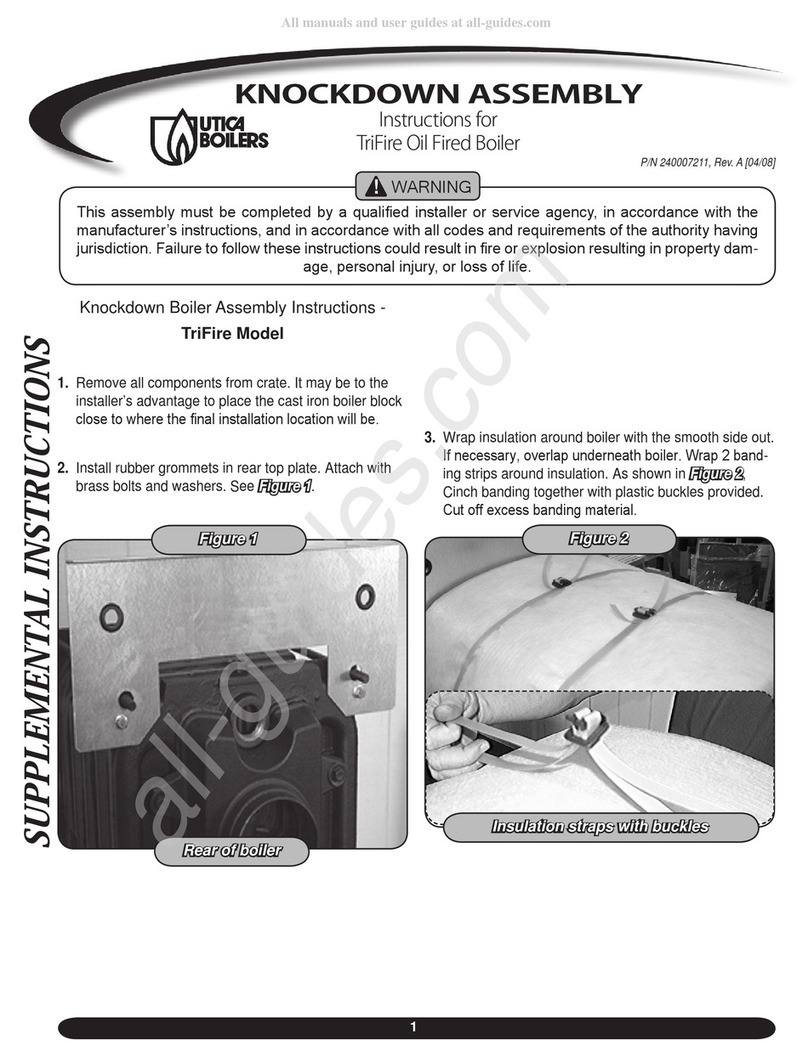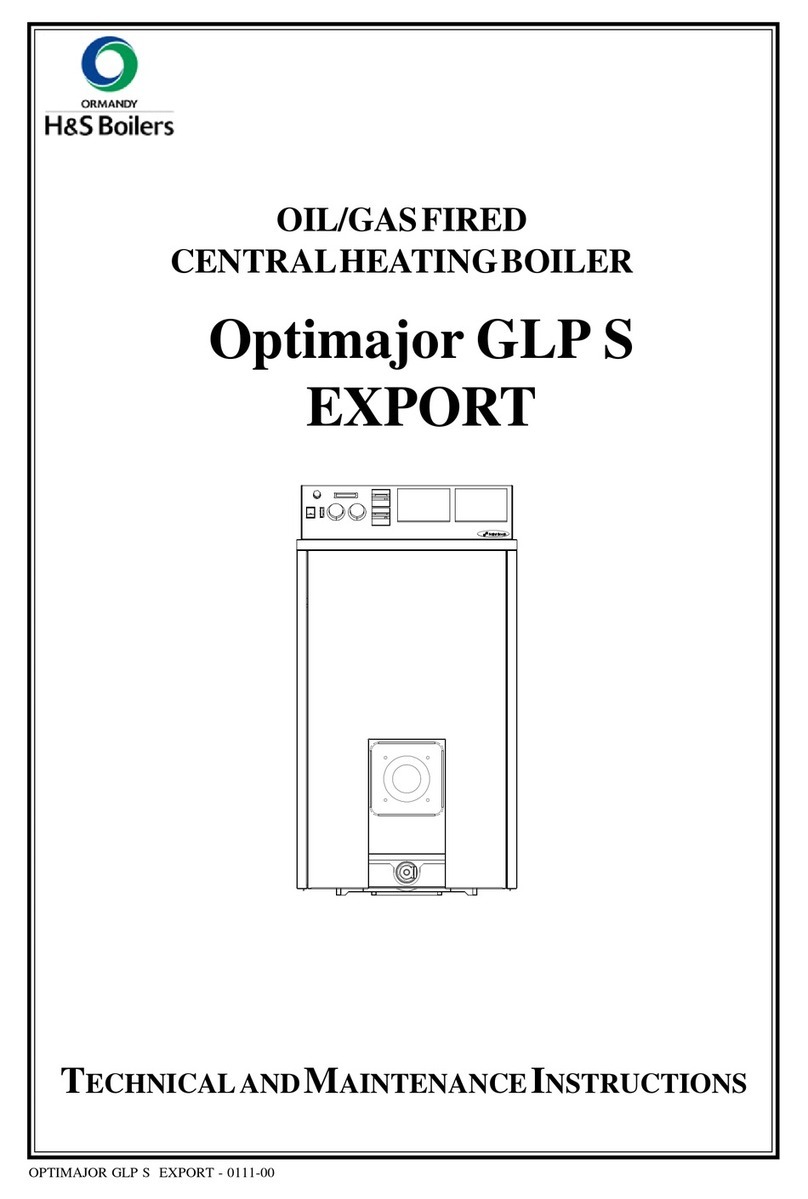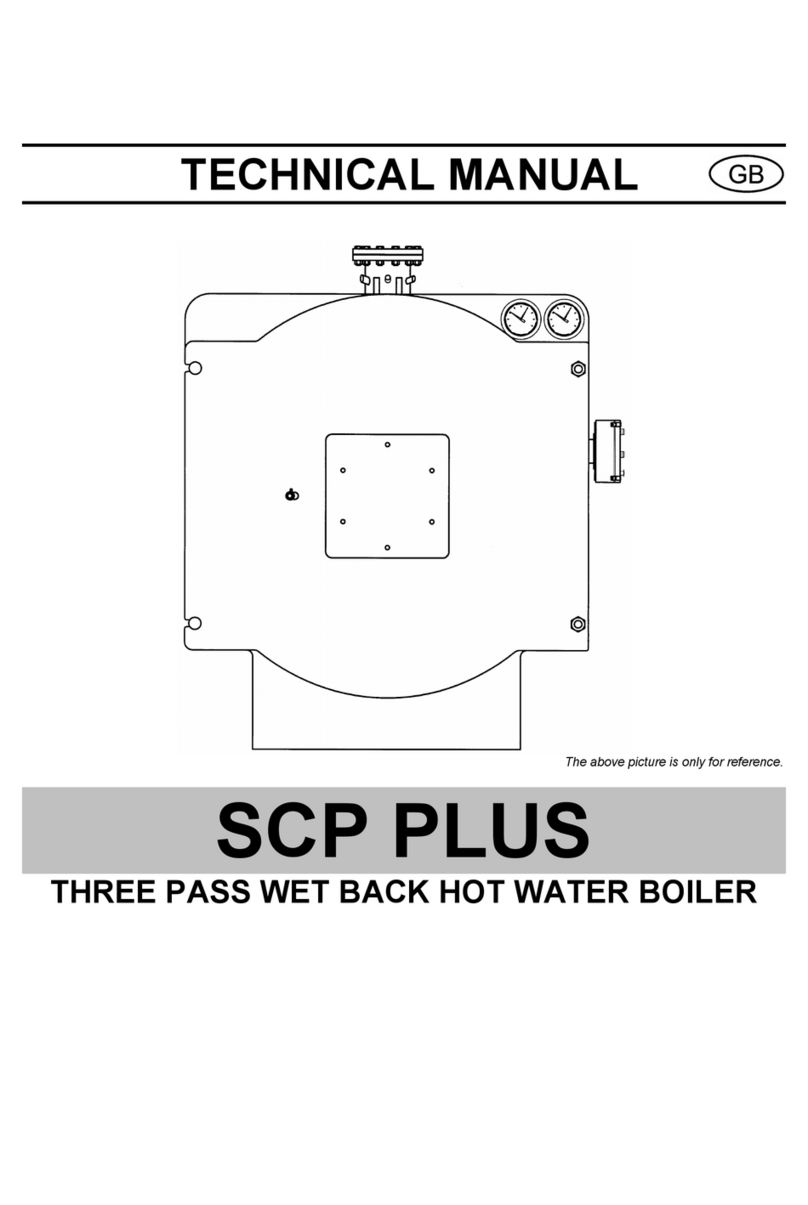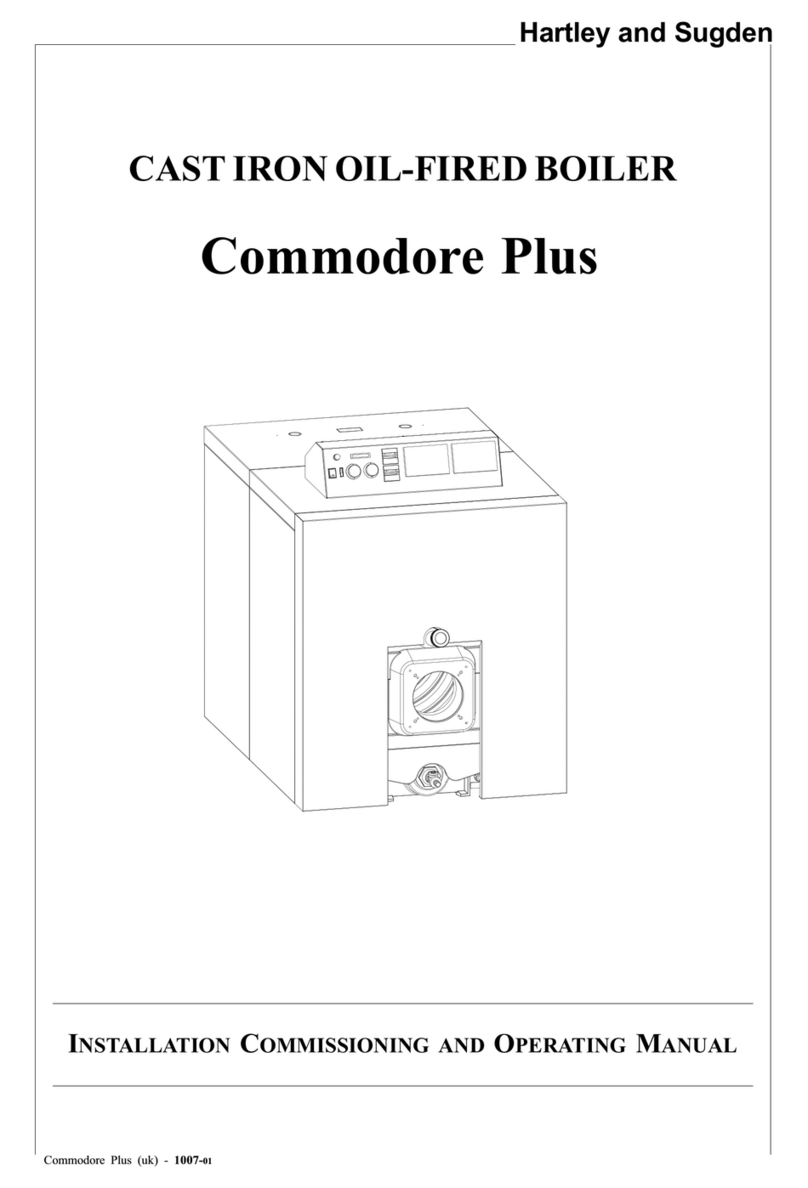
1
Lifting
Evoplate - Installation, Operating & Maintenance Instructions
Lifting lugs are fitted on the top of the vessel. These should be used
when lifting the vessel into position. Ensure the vessel remains in a
vertical position (for vertical vessels) and horizontal position (for
horizontal vessels) throughout.
Foundations
Level foundations should be prepared for the buffer vessel. Uneven
foundations can cause airlocks within the vessel and the vessel could
be unstable when maintenance work is carried out.
The vessel should be attached to the foundations using bolts through
the bolt holes on the vessel foot pads.
Flanges and Bosses
PTFE should be used when fitting
screwed connections to the
vessel bosses.
When fitting flange connections,
ensure mating flanges are square
and that the weight of the
pipework is supported by
external supports and not the
vessel connections.
Expansion of pipes should be
considered for the application
and measures put in place if
necessary.
Filling and Draining
Tighten any bolts on the vessel prior to filling as these may have
become loose during transit. Ensure bolts are tightened diametrically
and to the correct Torque. (if in doubt contact Ormandy Limited
technical department).
When filling the vessel ensure the vent connection on the top dished
end is open. When the vessel is full the vent boss should be plugged.
When draining the vessel ensure the vessel is released of pressure
slowly and that the vent is then open before draining commences.
Relief Valve
Ensure that the relief valve is
fitted with a discharge pipe (on
the valve outlet). The pipe should
open to atmospheric pressure
and run to a low level suitable
drainage area.
Inspection
Internal inspection of the vessel should take place after the first 3
months. The inspection should involve looking for signs of corrosion
or local pitting cells. If any is found then a specialist should be
consulted. If after the first inspection the vessel appears sound then
a further inspection should be made after 6 months.
Again, on satisfactory review, inspection can be limited to annually.
When inspecting the internal side of the vessel ensure that the vessel
is first drained of its contents in accordance with the procedures
detailed above.
Before removing the inspection cover ensure that the cover is first
supported by use of the coverplate lifting lug. When re-fitting the
cover, the bolts should be tightened diametrically.
Evoplate Package shown below
